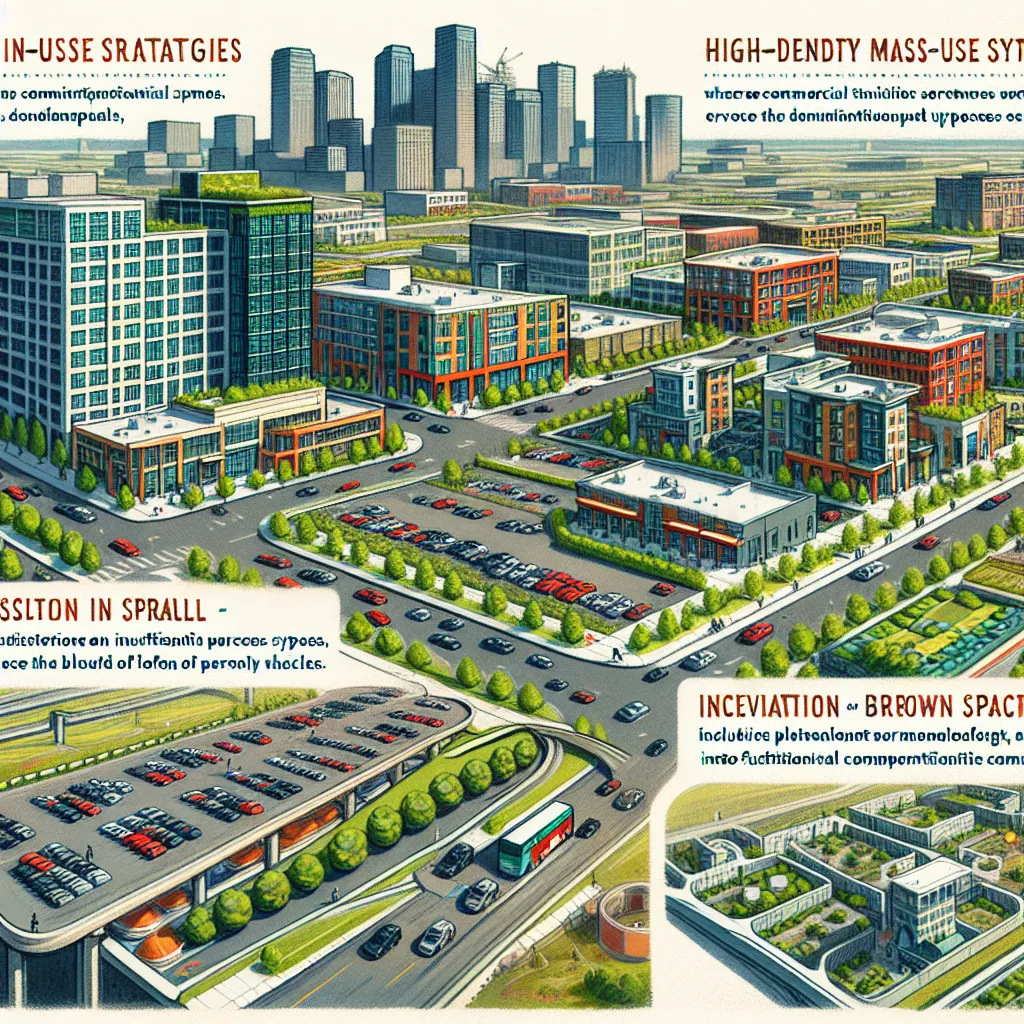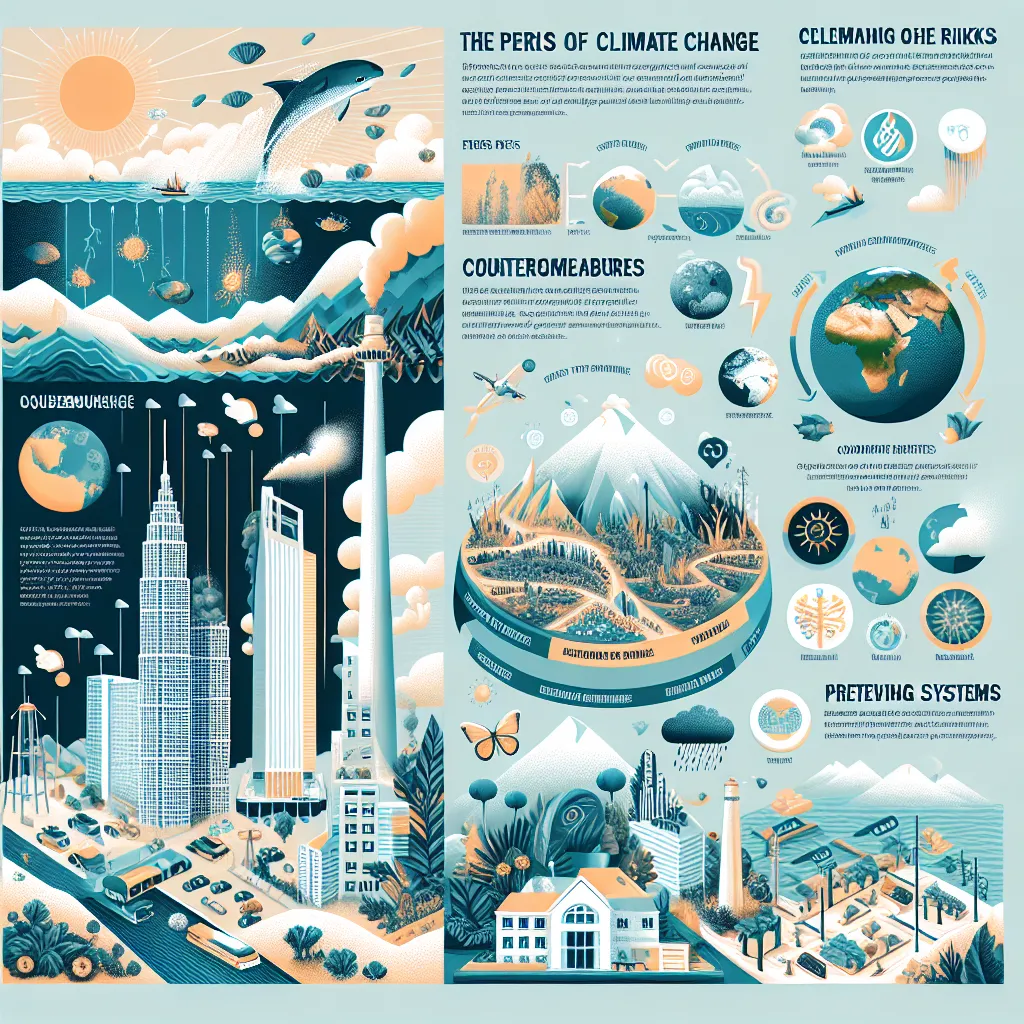Urban sprawl and its environmental consequences have become increasingly prevalent topics in IELTS Writing Task 2. Based on recent trends and the growing global concern for environmental issues, we can expect this theme to appear more frequently in future IELTS exams. Let’s explore a relevant question that has appeared in past IELTS tests and provide sample essays to help you prepare effectively.
Nội dung bài viết
Analyzing the Question
Some people believe that urban sprawl is an unavoidable consequence of economic development, while others argue that it can be prevented through better urban planning. Discuss both views and give your own opinion.
This question addresses the impact of urban sprawl on the environment indirectly by focusing on its relationship with economic development and urban planning. It requires candidates to:
- Discuss the view that urban sprawl is inevitable due to economic growth
- Explore the perspective that urban sprawl can be prevented through planning
- Provide a personal opinion on the matter
Let’s examine two sample essays that address this question, targeting different band scores.
Sample Essay 1 (Band 8-9)
Urban expansion has become a contentious issue in many rapidly developing regions, with some viewing it as an inescapable byproduct of economic progress, while others contend that it can be mitigated through strategic urban design. In my opinion, while economic growth does contribute to urban sprawl, effective planning can significantly reduce its negative impacts.
Those who argue that urban sprawl is unavoidable often point to historical patterns of city growth. As economies develop, businesses and industries expand, creating more job opportunities and attracting a larger workforce. This influx of people naturally leads to increased demand for housing and services, causing cities to spread outwards. Moreover, rising affluence often results in a preference for spacious suburban living, further driving urban expansion. From this perspective, urban sprawl is seen as a natural consequence of economic success.
On the other hand, proponents of urban planning argue that thoughtful city design can prevent unchecked sprawl. They advocate for high-density, mixed-use developments that maximize space efficiency and reduce the need for extensive outward growth. Implementing robust public transportation systems can decrease reliance on private vehicles, allowing for more compact city layouts. Additionally, policies that encourage the redevelopment of brownfield sites and the preservation of green belts can help contain urban boundaries. Cities like Singapore and Curitiba in Brazil serve as examples of how strategic planning can foster economic growth while minimizing sprawl.
In my view, while economic development does exert pressure for urban expansion, it is not an insurmountable force. Effective urban planning can channel growth in more sustainable directions, balancing economic needs with environmental concerns. By prioritizing density, mixed-use developments, and efficient transportation, cities can accommodate population increases without sacrificing vast tracts of surrounding land. However, this requires strong political will, long-term vision, and public support.
In conclusion, urban sprawl is not an inevitable outcome of economic development but rather a challenge that can be addressed through innovative urban planning. By adopting a holistic approach to city growth, we can create thriving urban centers that support economic prosperity while preserving the natural environment.
(Word count: 329)
 Urban Planning Strategies
Urban Planning Strategies
Sample Essay 2 (Band 6-7)
Urban sprawl is a big problem in many growing cities. Some people think it can’t be stopped because of economic growth, but others believe good city planning can prevent it. I will discuss both ideas and give my opinion.
Firstly, many people say urban sprawl happens naturally when the economy grows. As cities get richer, more people move there for jobs. They need houses, shops, and roads, so the city grows outwards. Also, when people have more money, they often want bigger houses with gardens, which takes up more space. This makes cities spread even more.
However, other people think good planning can stop urban sprawl. They say cities should build taller buildings and mix homes with shops and offices. This saves space and stops the city from growing too much. Good public transport can also help because people don’t need to drive as much, so fewer roads are needed. Some cities have rules to stop building on green areas around the city, which helps control sprawl.
In my opinion, I think both sides have good points. Economic growth does make cities bigger, but I believe good planning can help a lot. If cities are designed well, they can grow without spreading too much. This is important to protect the environment and make cities better places to live.
To conclude, while urban sprawl is often linked to economic growth, it’s not impossible to prevent. With careful planning and good rules, cities can develop in a more compact and sustainable way.
(Word count: 253)
Key Writing Tips for This Topic
For Band 8-9:
-
Vocabulary: Use sophisticated vocabulary related to urban development and environmental issues. For example:
- Urban expansion
- Mitigate
- Strategic urban design
- High-density, mixed-use developments
- Space efficiency
- Brownfield sites
- Green belts
-
Grammar: Employ a variety of complex sentence structures, including:
- Conditional sentences: “By adopting a holistic approach to city growth, we can create thriving urban centers…”
- Relative clauses: “Cities like Singapore and Curitiba in Brazil serve as examples of how strategic planning can foster economic growth…”
-
Coherence and Cohesion: Use advanced linking words and phrases to connect ideas smoothly:
- Moreover
- On the other hand
- Additionally
- However
-
Task Response: Fully address all parts of the question, providing a clear personal opinion and supporting it with well-developed arguments.
For Band 6-7:
-
Vocabulary: Use a mix of common and some less common vocabulary related to the topic:
- Urban sprawl
- Economic growth
- City planning
- Public transport
-
Grammar: Use a combination of simple and complex sentence structures:
- “Urban sprawl is a big problem in many growing cities.”
- “As cities get richer, more people move there for jobs.”
-
Coherence and Cohesion: Use basic linking words to connect ideas:
- Firstly
- However
- Also
- To conclude
-
Task Response: Address all parts of the question, but with less depth and fewer examples compared to higher band scores.
Essential Vocabulary for Urban Sprawl and Environmental Impact
-
Urban sprawl (noun) /ˈɜːrbən sprɔːl/ – The uncontrolled expansion of urban areas into surrounding rural land.
-
Sustainability (noun) /səˌsteɪnəˈbɪləti/ – The ability to maintain or support a process continuously over time.
-
Infrastructure (noun) /ˈɪnfrəˌstrʌktʃər/ – The basic physical and organizational structures needed for the operation of a society or enterprise.
-
Biodiversity (noun) /ˌbaɪəʊdaɪˈvɜːrsəti/ – The variety of plant and animal life in a particular habitat or ecosystem.
-
Gentrification (noun) /ˌdʒentrɪfɪˈkeɪʃn/ – The process of renovating and improving a neighborhood, often resulting in the displacement of lower-income residents.
-
Ecosystem (noun) /ˈiːkəʊˌsɪstəm/ – A biological community of interacting organisms and their physical environment.
-
Green belt (noun) /ɡriːn belt/ – An area of open land around a city where building is restricted.
-
Carbon footprint (noun) /ˈkɑːrbən ˈfʊtˌprɪnt/ – The amount of carbon dioxide released into the atmosphere as a result of human activities.
-
Sustainable development (noun) /səˌsteɪnəbl dɪˈveləpmənt/ – Economic development that is conducted without depletion of natural resources.
-
Urban planning (noun) /ˈɜːrbən ˈplænɪŋ/ – The process of designing and regulating the use of urban space.
Conclusion
The impact of urban sprawl on the environment is a crucial topic in IELTS Writing Task 2, reflecting real-world concerns about sustainable urban development. By understanding the various perspectives on this issue and practicing with sample essays, you can improve your ability to address complex environmental and urban planning topics in your IELTS writing.
To further enhance your skills, try writing your own essay on this topic or related themes such as:
- The role of government in controlling urban sprawl
- The impact of urban sprawl on rural communities
- Sustainable transportation solutions for expanding cities
Remember to focus on clear argument structure, relevant examples, and appropriate vocabulary. Feel free to share your practice essays in the comments section for feedback and discussion. Good luck with your IELTS preparation!
For more insights on this topic, you might find our article on how to address the challenges of urban sprawl helpful in expanding your understanding and vocabulary.


